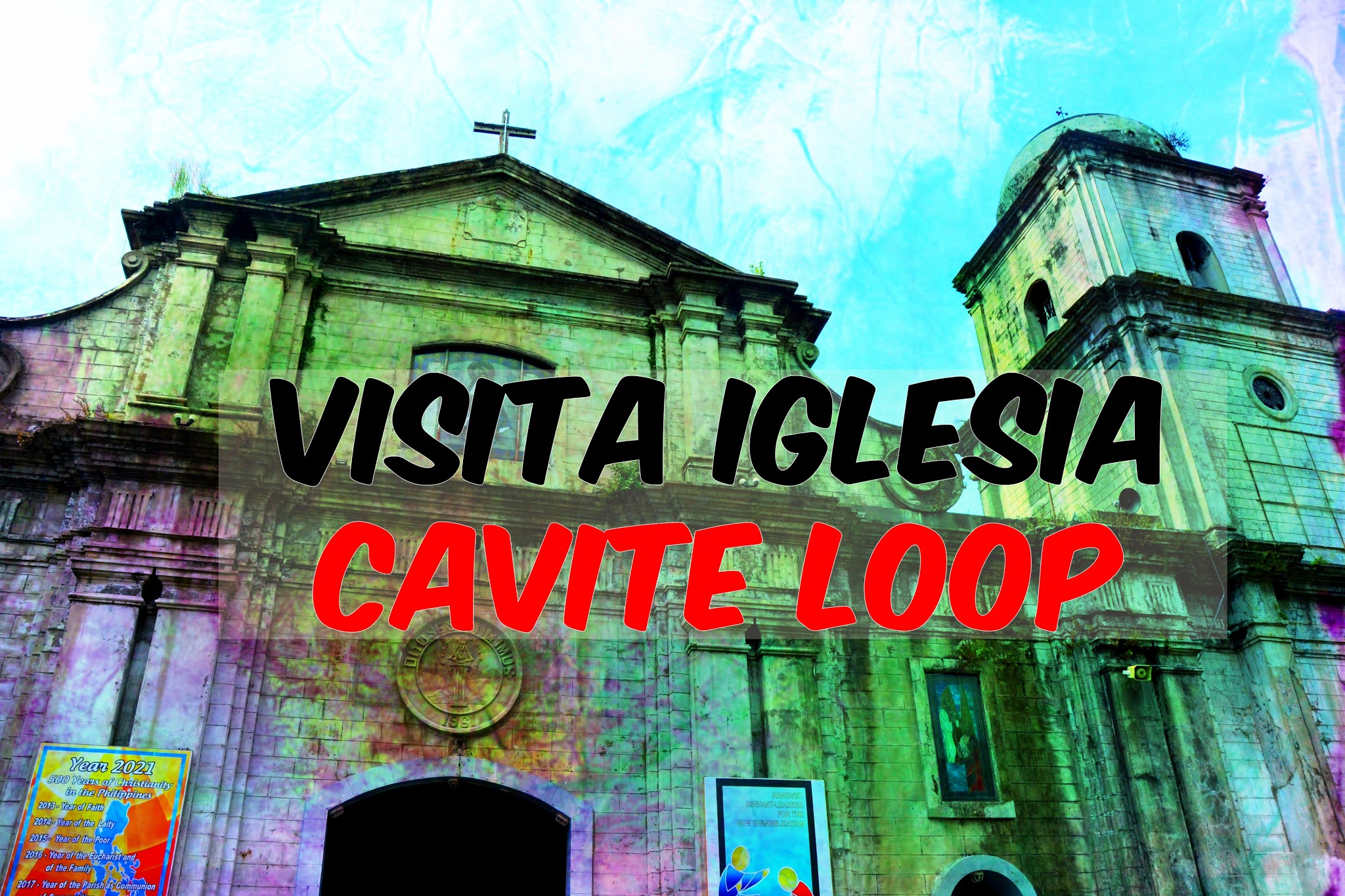Guiob Church Ruins - Camiguin
Located along the National Highway in Barangay Bonbon, Catarman on the western side of the volcanic island of Camiguin lies the Guiob Church Ruins.
Guiob Church Ruins details
When talking about church ruins in the Philippines, the first thing that comes to one's mind is the Cagsawa Ruins in the province of Albay. However, did you know that there is another must-see church ruin in the Philippines? Join me as we visit the province of Camiguin to check this out. |
| Guiob Church Ruins - Catarman, Camiguin |
Guiob Church is probably one of the oldest Spanish churches in the province, the church was constructed sometime in the 16th century.
However, on the night of May 13, 1871, the nearby Mt. Volcan erupted with much ferocity. The eruption destroyed Cotta Bato (former name of Catarman) and claimed countless lives. Plato might have been in Camiguin that faithful day for what happened next was strikingly similar to his description of the final hours of Atlantis. During the catastrophe portion of the town slipped under the lashing waves of the sea.
 |
| The pillars of the old church ruins can still be seen today |
 |
| The Guiob Church Ruins' belltower is also in ruins |
Guiob Church was partially spared. Although it did not join most of its parishioners underneath the sea that day, the wooden and weaker parts of the church either burned or crumbled to the ground.
 |
| The small chapel inside the ruins |
All that was left of the once sacred establishment was the ruins of its church, bell tower, and convent. Today a small chapel was erected inside the ruins. Once more regular masses are scheduled in its Holy ground. My wife and I visited Guiob Church Ruins during our 7-Day Honeymoon Backpacking Adventure in Mindanao.
 |
| Bought lanzones from the friendly locals |
During our visit to the ruins of Guiob Church. I was greeted by some old ladies selling lanzones. It was from them that I learned about the tragic past of the church. You might laugh at me and point out at the info-marker placed in front of the ruins. You might be right that I could save time by just reading the info-marker but to tell you honestly, I have this passion for interviewing locals. Aside from gaining new friends, I also get the chance to listen to a more dramatic story.
 |
| Team Nicerio visits Guiob Church Ruins |
For sweethearts, the ruins are also a good place to take pictures and of course to get married. Though I didn't marry my wife in the Guiob Church Ruins, I married her in some other "ruins" somewhere in Manila. Check this out for more of that story: Baluarte De San Diego
Guiob Church Ruins Entrance Fee
It's FREE to enter and explore Guiob Church Ruins.
Guiob Church Ruins Operating Hours
Although there is no definite opening and closing time, it is highly recommended to visit Guiob Church Ruins in the morning and avoid it at night for safety reasons.
Why visit Guiob Church Ruins?
Although it's not as popular as the Cagsawa Ruins, Guiob Church Ruins is still a must-visit in Camiguin as it is one of the historical spots of the province. You can also visit it if you are on a pilgrimage around the province.
Getting to Guiob Church Ruins:
Airline companies offer flights to Cagayan de Oro Airport (Laguindingan Airport).
From there, ride a van to Agora Market. From there that will bring you to the Balingoan Port in Cagayan the Oro.
van fare to Agora: P250
van fare to Balingoan Port: P120
van fare to Balingoan Port: P120
Board a fast craft going to Benoni Port.
Fast craft fare: P750-850
From Benoni Port in Camiguin, you have a variety of transportation choices.
(It's a wise choice to haggle first before acquiring someone's services.)
Motorcycle: P400-500 a day
Motorela (tricycle): P1000-1500 a day
Multicab: P2000-2500 a day
Ratings:
 |
| Crowd |
 |
| Cleanliness |
 |
| Overall rating |














very fascinating and exotic. I'd like to see
ReplyDeletetigrisdriver.blogspot.com
Thanks Tigris I like your site too. =)
DeleteI agree. It's one thing leafing through flyers and reading a signage. It's another to get stories from the locals. I've done the latter a countless times and I'd get something extra every single time.
ReplyDeleteThat's true. =) Local stories are like special sauces in a bland food. =)
DeleteBeautiful pictures you took as you portrayed this story to us. I have never been to the Philippines, but this blog sure reminds me how awesome it is to travel. The amount of things one learns through this life and the lives of others. I hope to someday travel there to witness these sites in person.
ReplyDeleteThanks so much for the wonderful feedback sir Jesse. =) These positive messages keeps me motivated to blog more quality article. Thanks so much!
DeleteS tím lze jen souhlasit. Info-cedulka nenabídne víc než strohou informaci, kterou se nejspíš dovíme z každé reklamní brožurky. Co návštěvu dělá hodnotným poznáním je setkání s místním obyvatelstvem, který většinou dá nahlédnout i do své duše. A právě tam jsou největší poklady poznání. Z Prahy zdraví
ReplyDeleteMax
That's true. Taking it from Prague's Max Health. Why not?
Delete